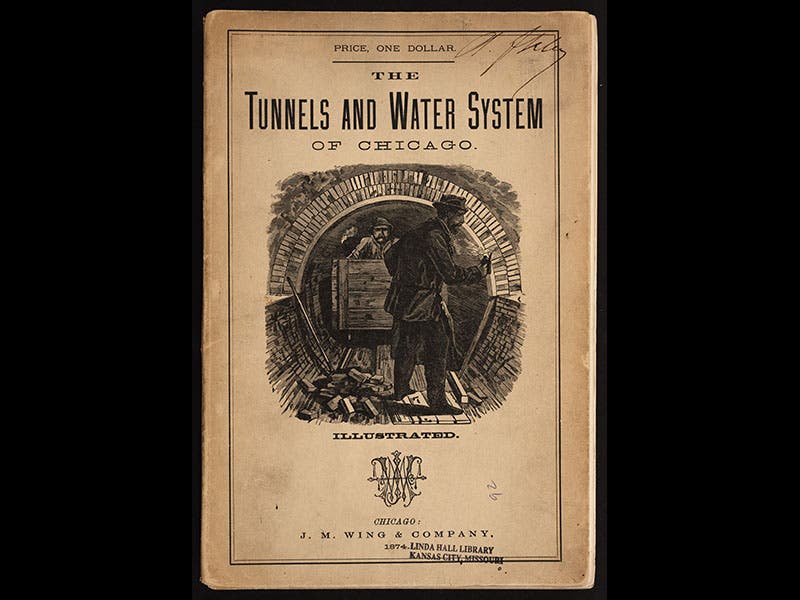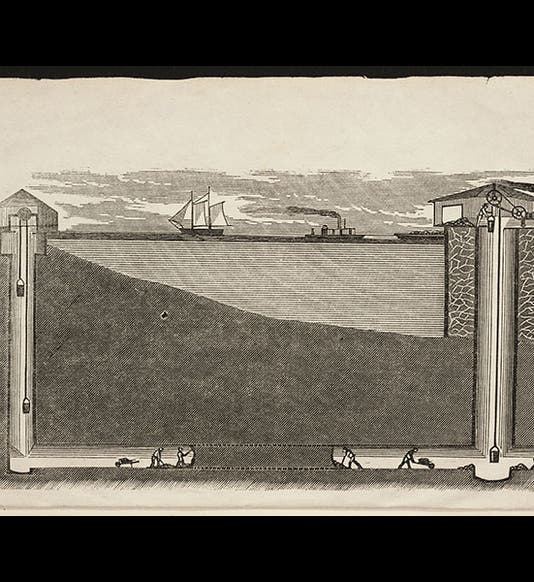Scientist of the Day - Ellis Chesbrough






Ellis Chesbrough, an American civil engineer, was born July 6, 1813. By the 1850s, the water supply for the city of Chicago had become seriously contaminated. The Chicago River was polluted by sewers and slaughterhouses, and it dumped its waste into Lake Michigan, fouling the water along the lakeshore as well. Chesbrough was the water-supply engineer for the city. He knew there was plenty of fresh water further out in the lake; the problem was how to get to it. Chesbrough designed a tunnel under the lake bed that extended two miles out into Lake Michigan. He then designed an intake, called the Two-Mile Crib, which stood on the lake bottom two miles from shore, above the lake end of the tunnel. Work on the tunnel began in 1864 and the excavation and tunnel wall construction took nearly three years; the tunnel was only 5 feet in diameter, so small mules were used to pull out the earth on rail cars and pull in the brick lining. The tunnel and crib were completed in 1866, and the first clean water flowed into Chicago on Mar. 25, 1867.
We have several publications in the Library about the Chicago Tunnel project. The first, The Great Chicago Lake Tunnel, was printed in 1867, before the tunnel was even opened, and some of the illustrations were probably imaginary, but it is still a charming little pamphlet, and the frontispiece shows the tunnel and crib in section (first image). As you can see, the tunnel was dug from both ends, complicating an already difficult task.
The Tunnels and Water System of Chicago: Under the Lake and Under the River (1874) is a much larger publication; it reuses several of the wood engravings from the 1867 pamphlet (such as the brick-mason who now appears on the cover, third image) while adding quite a few more, including a view of the Two-Mile Crib (fourth image), and a now-folding frontispiece with a much larger section of the water-supply system (fifth image). The illustration of the mules at work (sixth image) exhibits some visual license, since the tunnel was in actuality only five feet across.
We displayed both publications in our 2002 exhibition, Centuries of Civil Engineering.
Dr. William B. Ashworth, Jr., Consultant for the History of Science, Linda Hall Library and Associate Professor, Department of History, University of Missouri-Kansas City. Comments or corrections are welcome; please direct to ashworthw@umkc.edu.






